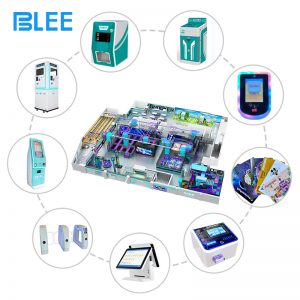Claw machines are widely recognized as an essential component of arcade centers, offering visitors a unique entertainment experience and a thrilling challenge. These machines not only generate profits for arcade center owners but also hold a special appeal for patrons.
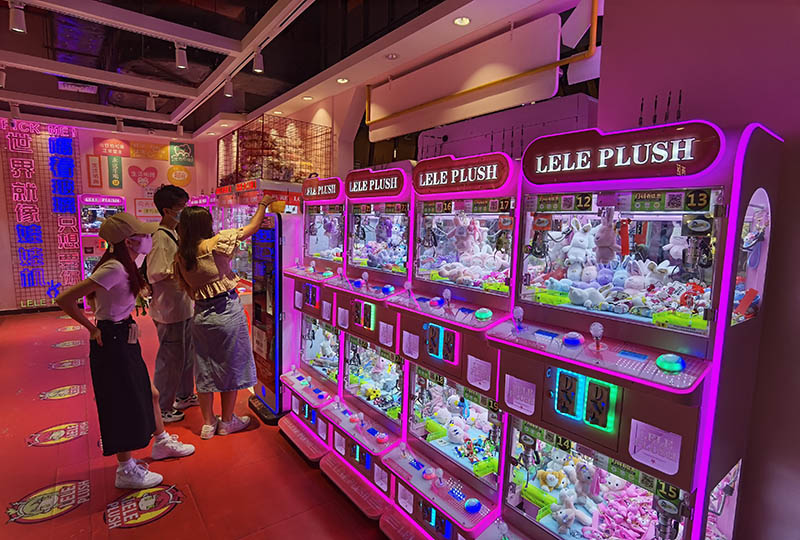
Business Case
- Attraction: Claw machines attract players due to their simple gameplay and the opportunity to win attractive prizes. Visitors are often drawn to try their luck at grabbing their favorite toys.
- Operational Strategy: Arcade centers can diversify their offerings by placing multiple claw machines with varying designs and difficulty levels, catering to different types of players. Regularly updating the prizes can also increase player engagement.
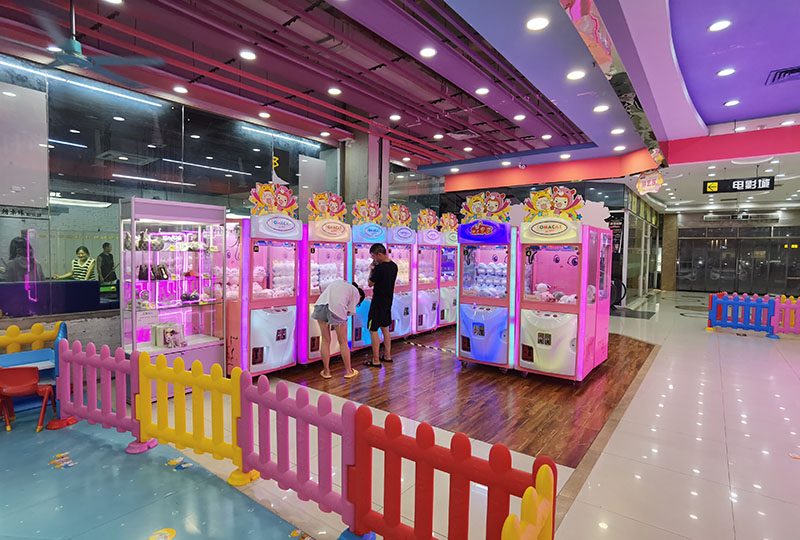
Profitability and Revenue
- Revenue Model: Claw machines typically operate on a coin or card-based payment system, directly stimulating players’ spending desires and generating income for arcade centers.
- Operational Efficiency: Since players often need multiple attempts to successfully grab a prize, claw machines not only attract players but also contribute significantly to the center’s profitability.
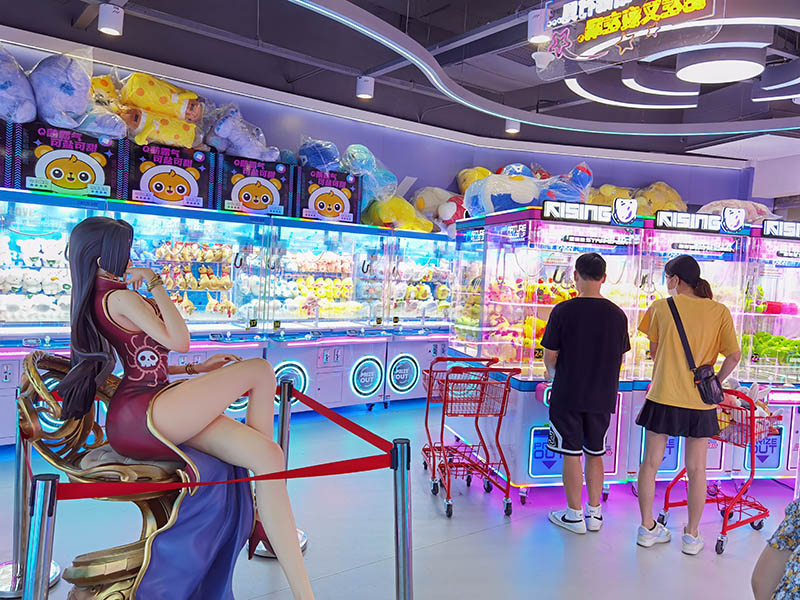
Operational Management
- Maintenance and Adjustments: Arcade centers need to ensure the smooth operation of claw machines, promptly repairing any damaged units, and continually adjusting the difficulty based on player feedback to maintain fairness and appeal.
- Marketing: Through flexible promotional strategies and reward programs, arcade centers can further enhance the allure of claw machines, thereby increasing visitor traffic and profitability.
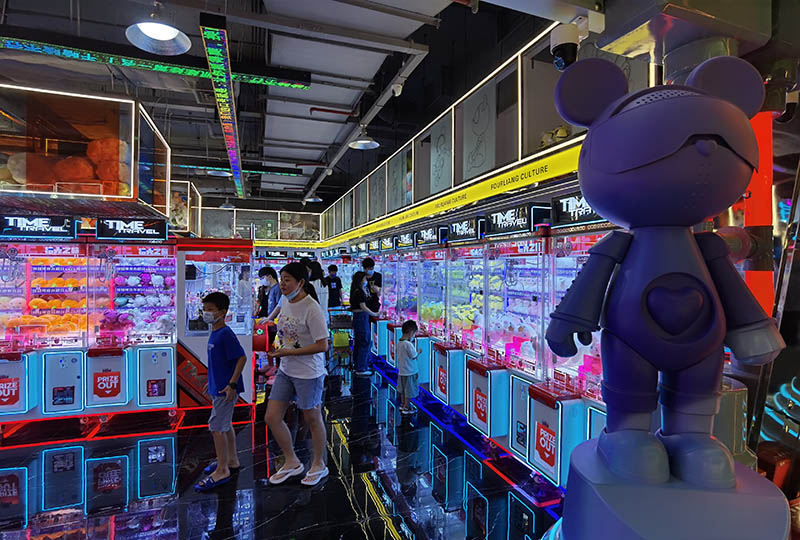
In conclusion, claw machines, as part of arcade centers, provide patrons with an enjoyable entertainment experience while positively impacting the economic operations of the establishment. With sound business practices and effective management, claw machines have become an indispensable component of arcade centers.


